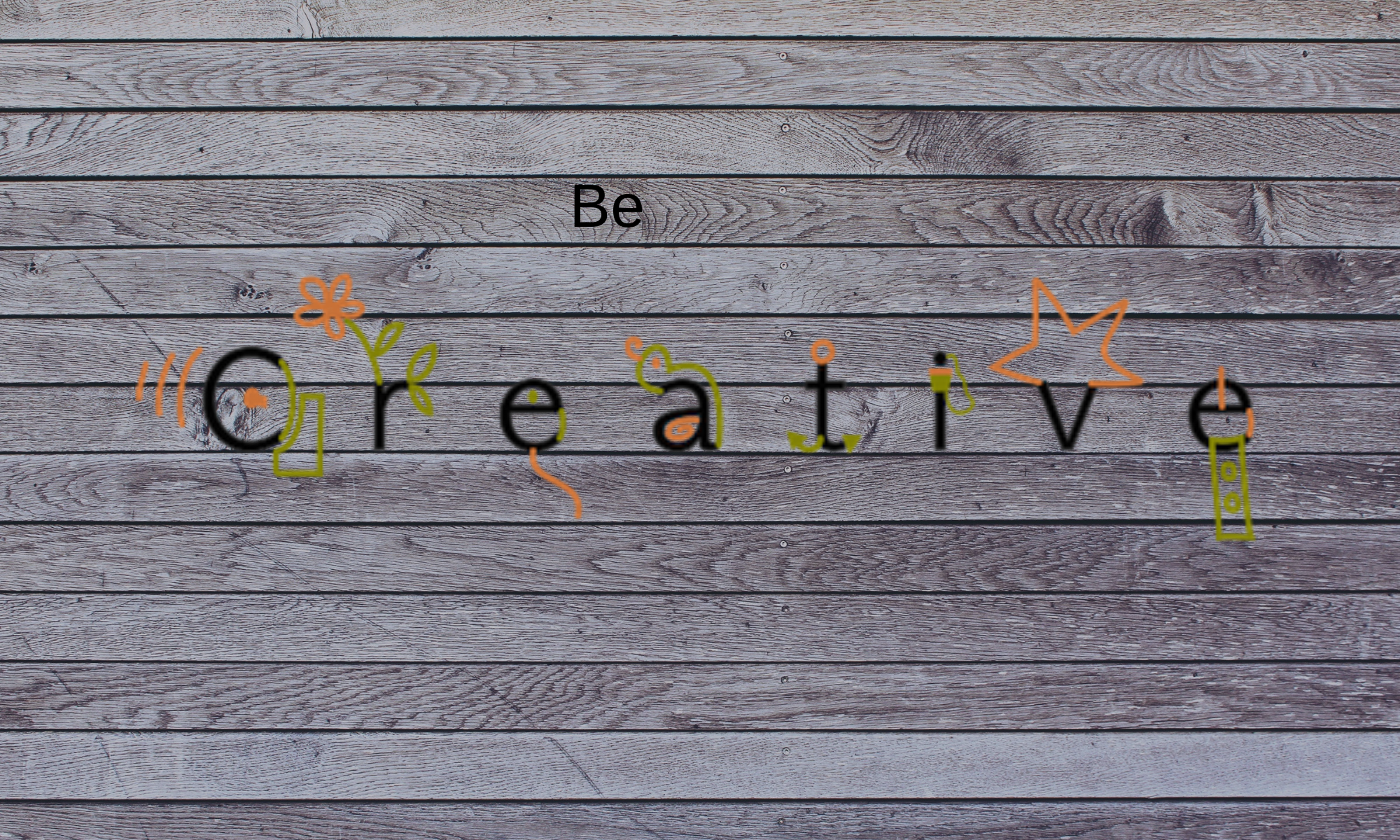In today’s complex and rapidly evolving world, traditional hierarchical leadership models often fall short. What if we could learn from nature’s most efficient problem-solvers? Swarm intelligence, a fascinating area of study in biology and computer science, demonstrates how decentralized systems can achieve complex and effective decision-making without the need for a central authority or “CEO.” By observing the behaviors of social insects like honeybees and ants, and even schools of fish, we can uncover profound principles for fostering more agile, innovative, and resilient teams.
Nature’s Masterclasses in Collective Intelligence
Honeybee Swarms: The Art of Collective Deliberation
Imagine a bustling city of honeybees, thousands strong, looking for a new home. How they settle on a decision is a fascinating collective “debate”. First, individual scout bees explore potential nest sites and, when they find one they return to the swarm. There they form a “waggle dance” where the intensity, duration and direction of the dance indicates the desirability of the location. But how do the bees choose between different locations?
To prevent premature consensus and ensure a thorough evaluation, honeybee swarms employ quorum thresholds. A significant number of scout bees must independently agree on a site before the swarm commits. Furthermore, the system incorporates “stop signals”—a form of cross-inhibition. If two equally attractive options emerge, scouts from one site might use stop signals to interrupt the waggle dances of those promoting the other. This intricate interplay of positive feedback (more waggle dances for a good site) and negative feedback (stop signals to resolve conflicts) allows for smarter, more robust decision-making.
Ant Colonies: The Power of Pheromone Trails
Ant colonies also demonstrate swarm intelligence in their foraging strategies. They navigate their environment and locate food sources using chemical communication through pheromone trails. When an ant discovers food, it lays down a pheromone trail on its return journey. Other ants encountering this trail are more likely to follow it, reinforcing the chemical signal in the process. This mechanism acts as a powerful form of positive feedback, amplifying promising paths to food sources. The more ants that use a particular trail, the stronger the pheromone concentration becomes, attracting even more ants.
But what about mistakes? The system also incorporates negative feedback through evaporation. Pheromones are volatile and naturally dissipate over time. If a trail leads to a dead end or a depleted food source, fewer ants will use it, and the pheromone will evaporate, effectively “pruning” mistakes. This constant amplification of successful paths and the gradual decay of inefficient ones allows ant colonies to efficiently explore their environment and adapt to changing conditions.
Fish Schools: The Wisdom of the “Uninformed”
In their groundbreaking research on animal collectives, Iain Couzin’s group found a fascinating paradox: while a small, informed minority can indeed guide an entire group, this influence is remarkably susceptible to the presence of “uninformed” individuals. These individuals, who lack strong pre-existing biases or firm convictions, play a crucial role in dampening polarization and fostering a return to democratic consensus. Essentially, their unbiased perspective acts as a counterweight, preventing the group from being unduly swayed or “captured” by the vocal and sometimes extreme views of a passionate minority.
Leadership Principles for Harnessing Collective Intelligence
So, how can leaders apply these natural phenomena to cultivate high-performing teams?
- Decentralized Control: Unlike traditional hierarchical structures, swarm intelligence thrives on the absence of a single, central command. Decisions and actions are distributed among individual agents, empowering them to respond dynamically to local conditions.
- For Leaders: Foster autonomy and push decision-making authority closer to the point of action. Trust teams and individuals to self-organize and adapt. This reduces bottlenecks, increases responsiveness, and leverages diverse perspectives.
- Self-Organization: Swarm systems spontaneously form coherent structures and exhibit complex behaviors through simple interactions between individual agents. There’s no master plan dictated from above; rather, patterns emerge from the bottom up.
- For Leaders: Clearly articulate overarching goals and boundaries, then step back to allow teams to define their own processes and solutions. This encourages emergent creativity and a sense of ownership.
- Communication: Effective communication, often indirect and localized, is vital for swarm intelligence. Information flows through interactions, allowing agents to adjust their behavior based on the actions of their neighbors.
- For Leaders: Emphasize transparent information sharing, create channels for open dialogue, and foster a culture where feedback is actively solicited and shared. Enable peer-to-peer interactions and information dissemination that can influence collective behavior.
- Strategic Use of Positive and Negative Feedback Loops: Swarms leverage both positive feedback to amplify successful behaviors and negative feedback to correct deviations and maintain stability. This continuous learning mechanism allows the system to adapt and optimize.
- For Leaders: Establish mechanisms that make it easy to amplify promising ideas and just as easy to unwind bad ones. Celebrate successes, recognize and reward innovative approaches, and crucially, create a safe environment where failures are viewed as learning opportunities rather than punitive events.
- Counteracting Tunnel Vision: Swarms maintain democratic decision-making and prevent a small minority from exerting undue influence by incorporating a few “uninformed” individuals who redirect power to the collective.
- For Leaders: Introduce individuals who are less invested in existing paradigms or solutions to foster a more robust and truly democratic decision-making process. These “fresh eyes” are unburdened by historical context or emotional attachments and are more likely to ask fundamental questions, spot inconsistencies, and propose truly novel approaches.
By understanding and applying the principles of swarm intelligence, leaders can build teams that are not only more efficient and adaptable but also inherently more innovative and resilient in the face of modern challenges. The answers to complex organizational problems might just be found in the collective wisdom of a bee swarm, an ant colony, or a school of fish.
Photo credit: Niklas Stumpf on Unsplash





